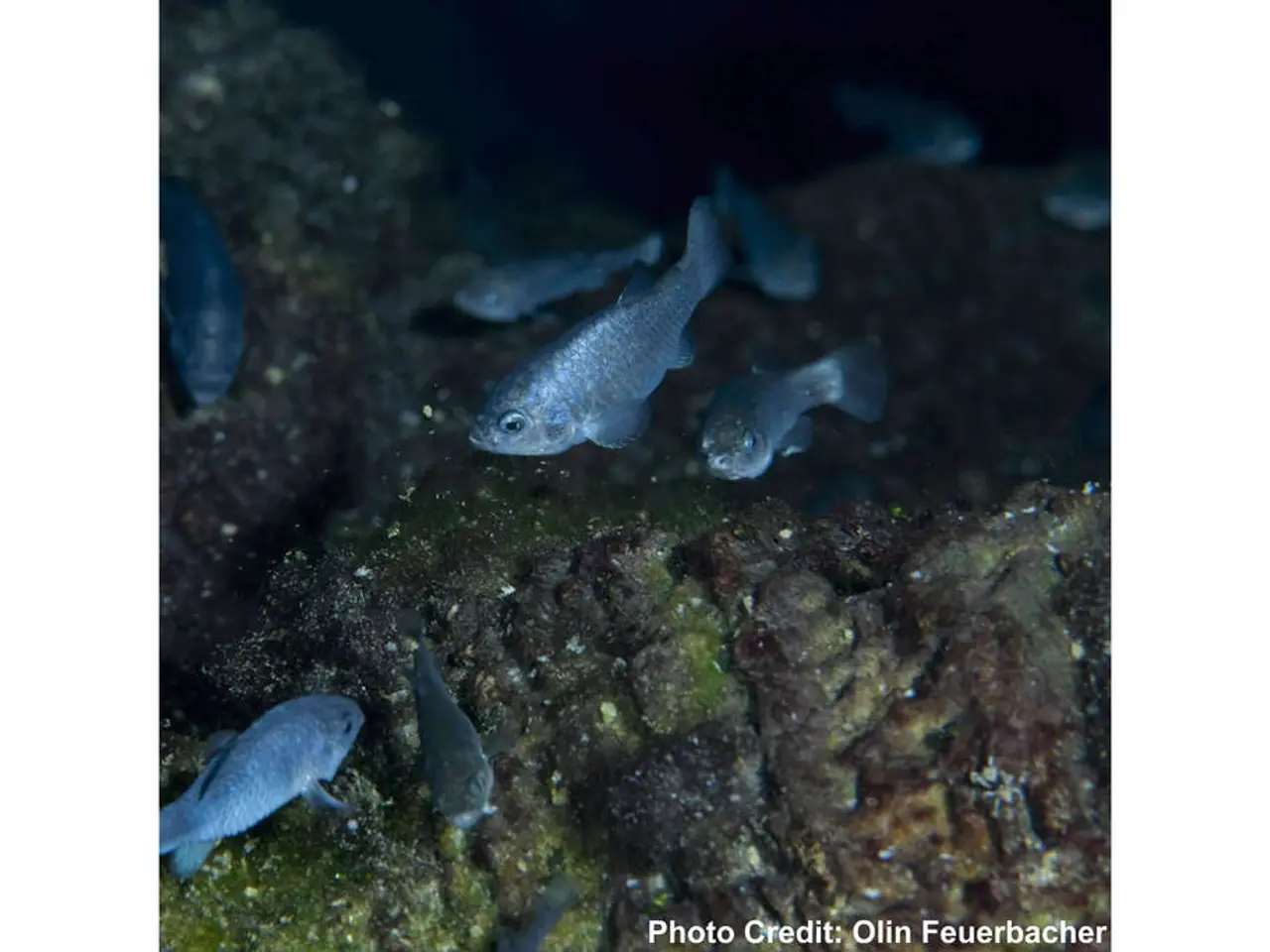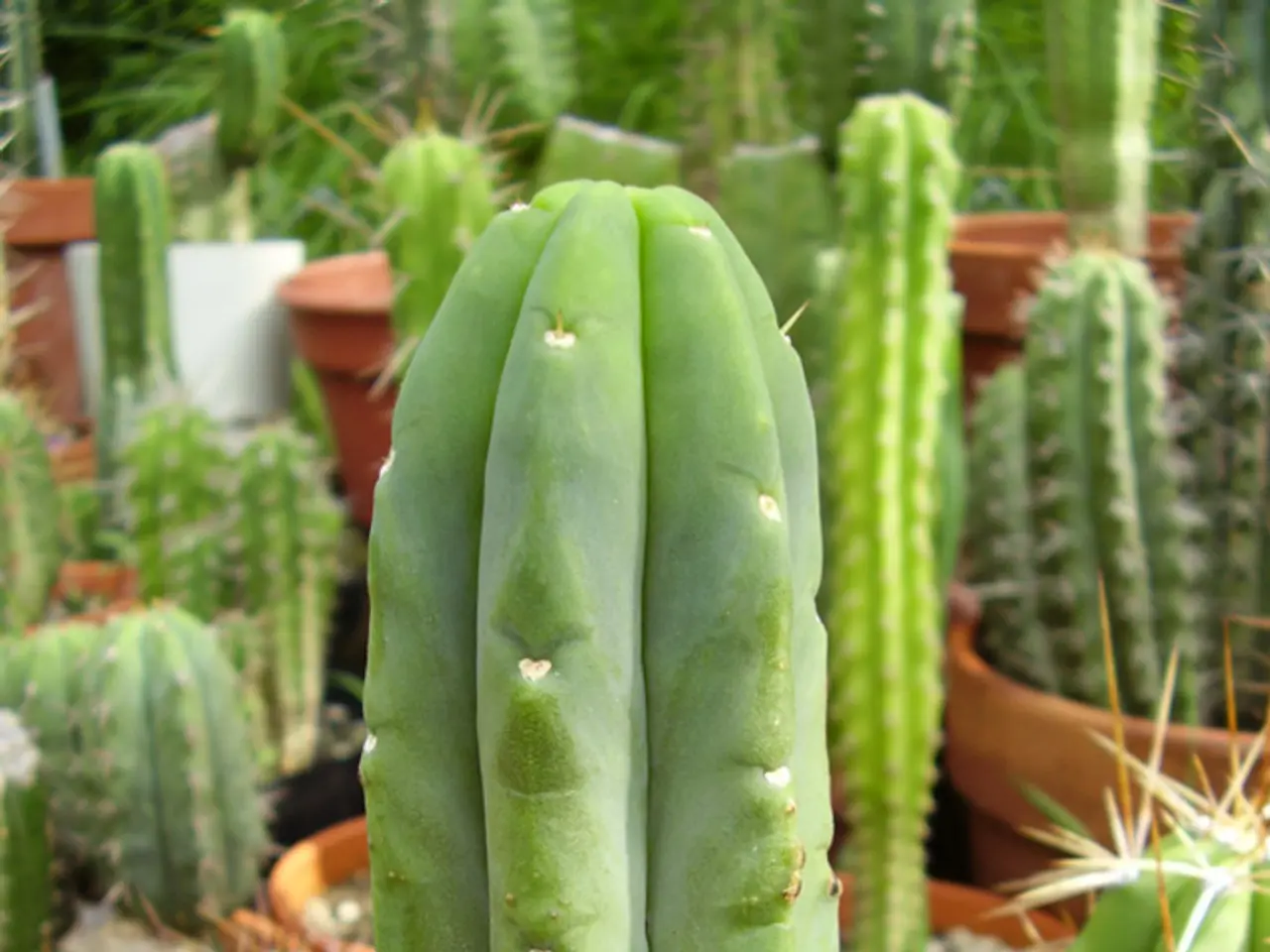Threatening Laguna de Bay ecosystem found in study: Alien pet fish species identified
Newly Confirmed Non-Native Fish Species Pose Threat to Laguna de Bay's Ecology and Fisheries
The tinfoil barb (Barbonymus schwanefeldii), a popular pet fish often found in aquariums, has been confirmed to inhabit Laguna de Bay, the Philippines' largest inland body of water. This development, first documented in 2021, has raised concerns about its potential impact on native fish species and local fisheries[1][2].
The tinfoil barb may compete aggressively with native fish for resources, potentially leading to fish losses, especially for species it outcompetes. This competition could indirectly affect the reproductive output of native species due to competition for space and food. The disruption of local fishery livelihoods is also a possibility, as native species decline could lead to lower catches in amount and size[1].
The presence of the tinfoil barb in Laguna de Bay poses a threat to the lake's ecological balance. The introduction of a non-native species can change predator-prey dynamics and affect biodiversity. For instance, the tinfoil barb, being a fast breeder, can rapidly outcompete native fish for food and breeding grounds[2].
Authorities like the Bureau of Fisheries and Aquatic Resources (BFAR) and researchers from institutions such as Ateneo de Manila University are actively tracking the distribution of the tinfoil barb and working on control measures to mitigate its potential ecological and economic impacts.
In 2024, Ateneo researchers confirmed the tinfoil barb's presence in Laguna de Bay for the first time through morphological analysis. They suspect the tinfoil barb's range may be wider due to its migratory behavior and generalist feeding habit. Interestingly, despite more than 70 years of scientific observations in Laguna de Bay, there had been no records of the tinfoil barb in the lake, suggesting its introduction is recent[1].
The BFAR is prepared to activate target interventions if the tinfoil barb is found to threaten Laguna de Bay's ecological balance. The importance of documenting and verifying the presence of previously unrecorded species to understand their spread and dispersal has been emphasized in a study published in May 2025[2]. It is crucial to address the issue promptly to ensure the health of Laguna de Bay's ecosystem and the livelihoods of those who depend on it.
[1] "Tinfoil Barbs Confirmed in Laguna de Bay: Implications for Native Fish and Local Fisheries." (2025). BFAR News. www.bfar.gov.ph
[2] "Understanding the Spread and Dispersal of Invasive Species: The Case of the Tinfoil Barb in Laguna de Bay." (2025). Ateneo de Manila University Journal of Aquatic Sciences. www.ateneo.edu/aquaticsciences
The introduction of the tinfoil barb, a non-native species, into Laguna de Bay's ecosystem could impact its health-and-wellness by disrupting predator-prey dynamics and affecting biodiversity. This development, identified through environmental-science research, could potentially threaten the ecological balance and local fisheries, and necessitates prompt action from authorities and researchers to mitigate its effects.




